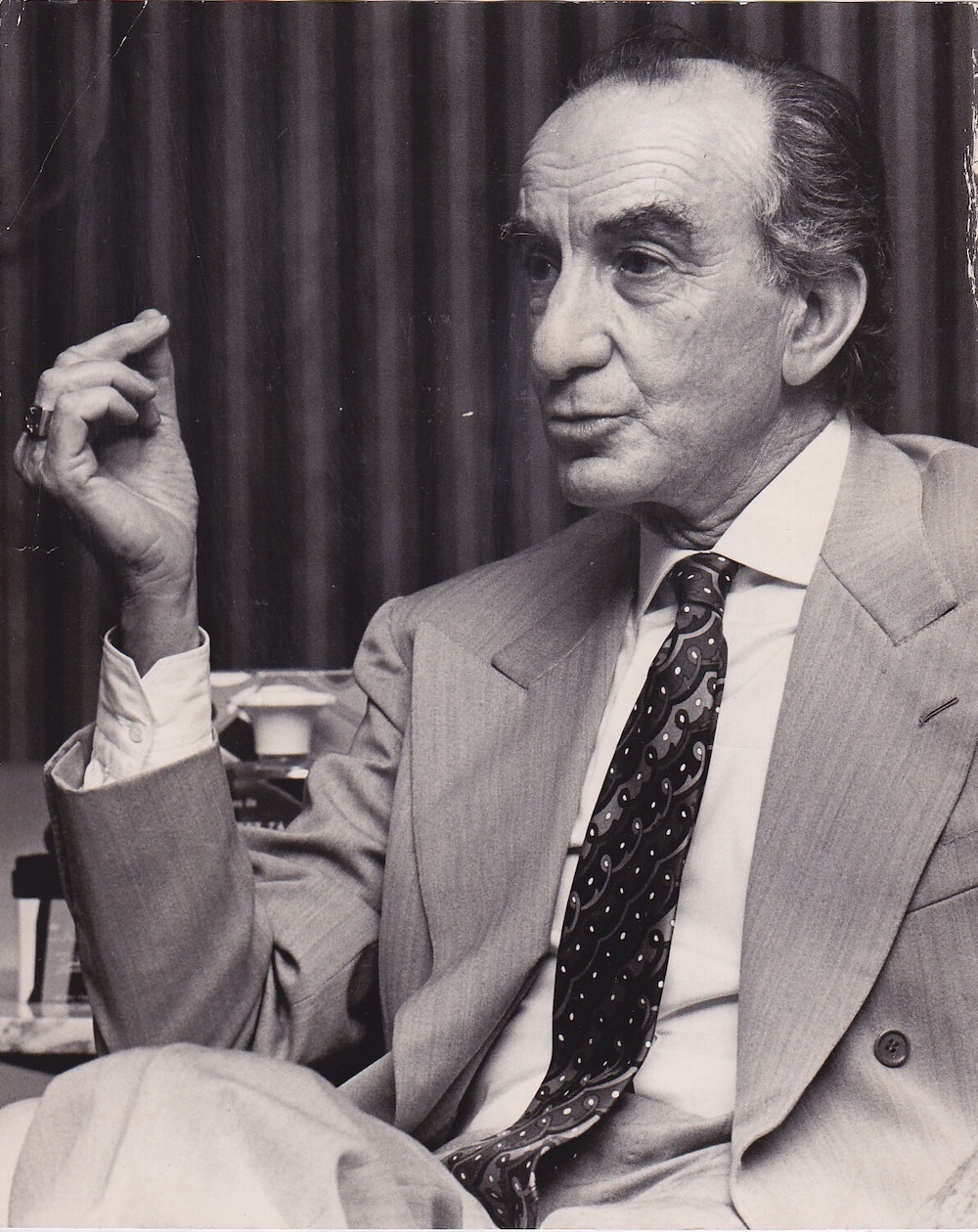Born on November 20, 1914, and passing away on November 29, 1992, Emilio Pucci was an Italian fashion designer hailing from Florence, as well as an individual involved in political affairs. He is chiefly recognized for his namesake brand, which became a hallmark for vibrant, multicolored geometric patterns.
Early Life and Education
Emilio Pucci, born Emilio Pucci, Marchese di Barsento, belonged to one of Florence’s oldest noble families. His educational journey was rather illustrious, having enrolled in the University of Milan for a while before transferring to the University of Georgia in the United States. Here, he was a member of the varsity ski team and even represented Italy in skiing at the 1934 Winter Olympics. After completing his studies in America, Pucci returned to Europe and obtained a doctorate in political science from the University of Florence.
Fashion Career
Emilio Pucci’s foray into the world of fashion was almost accidental. During a skiing trip in 1947, a fashion photographer from Harper’s Bazaar noticed Pucci’s innovative ski outfit design and featured it in the magazine. This exposure led him to start his fashion line, primarily focusing on skiwear initially. However, it didn’t take long for him to expand into other clothing types, like swimwear, scarves, and eventually a complete range of women’s clothing.
Pucci’s designs gained considerable attention for their distinctive geometric prints. He often employed a vivid array of colors that made the garments stand out. Over time, these designs came to symbolize not just the Emilio Pucci brand but also an entire era of fashion. Some of his other pioneering contributions include the palazzo pyjama, a kind of women’s trouser suit, which earned wide acceptance among celebrities and the public alike.
Political Career
Apart from his monumental achievements in the fashion industry, Emilio Pucci also delved into politics. He served as a member of the Italian Parliament from 1963 to 1972, representing the National Democratic Alliance. During his time in office, Pucci worked towards the betterment of Florence and took special interest in policies related to fashion and textiles, given his background.
Influence and Legacy
Pucci’s influence in fashion was global. Celebrities, such as Marilyn Monroe and Sophia Loren, were among the prominent figures who were frequently seen wearing his designs. Furthermore, the Emilio Pucci brand survived his death in 1992 and continues to thrive, with several flagship stores around the world.
Pucci’s designs have also transcended fashion to make their way into home decor, such as carpets, and even airplane interiors. His geometric patterns have inspired countless designers and continue to be a subject of study and admiration in fashion schools across the globe.
Technical Aspects and Innovation
In terms of materials and techniques, Pucci was an innovator. He was among the first to use silk jersey, a material that was easy to wear and care for, adding to the appeal of his garments. His printing methods were advanced for the time, employing techniques that ensured the longevity of colors and patterns.
Awards and Recognitions
Throughout his life, Emilio Pucci received several awards for his contributions to fashion and society at large. Some of the notable recognitions include the Neiman Marcus Award and the Risorgimento Award for his services in promoting Italian culture and fashion globally.
In summary, Emilio Pucci was not just a fashion designer but a multifaceted personality with contributions to both fashion and politics. His brand, characterized by its geometric patterns and vibrant color schemes, became an iconic name in the fashion industry. Even after his death, the legacy of his designs and influence continues to be felt in various spheres of life.
